Technologies
Now That Google Has the Pixel Fold, Where’s Apple’s Foldable iPhone?
Commentary: Here’s why I think Apple is holding out.
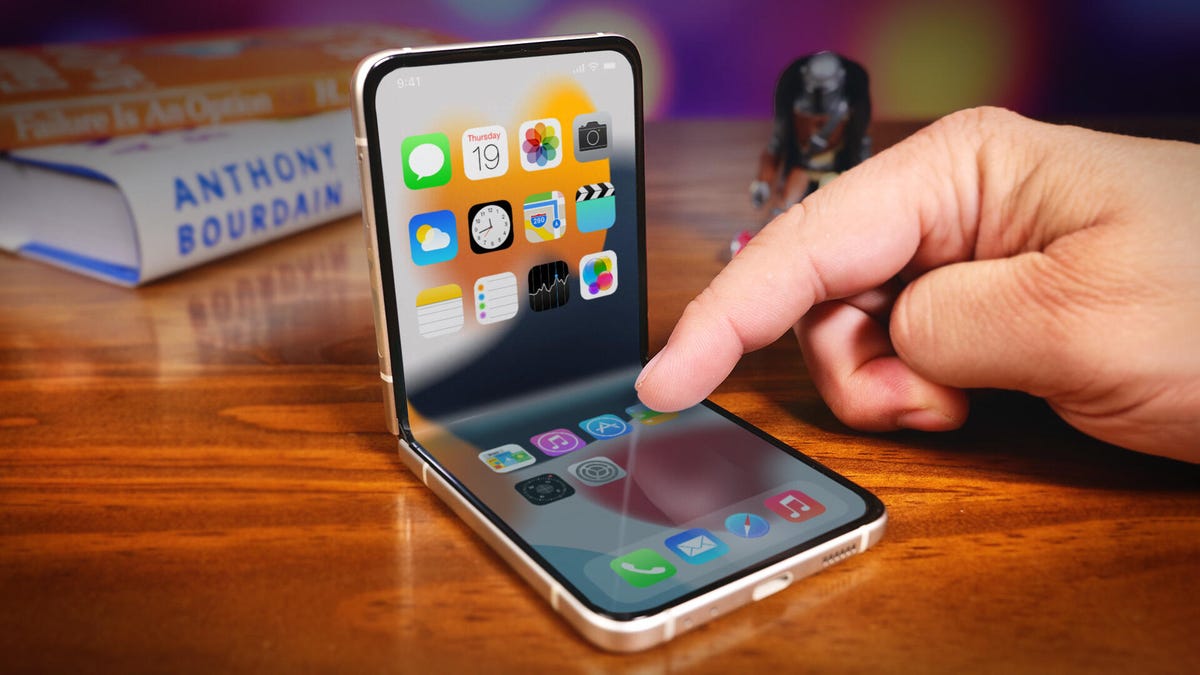
2023 is having a surge of foldable phone releases. The Motorola Razr Plus launched proving that the third time is the charm (at least in the US). The $1,799 Google Pixel Fold is starting to ship to customers. And Samsung announced that there will be an Unpacked event at the end of the month where we will likely see the Galaxy Z Fold 5 and Z Flip 5.
OnePlus teased that it will launch a foldable later this year, leaving Apple as the only major US phone-maker without a foldable device. And outside the US, Huawei and Xiaomi also have foldable phones.
All of this leaves an obvious question: Where’s Apple’s foldable iPhone?
The iPhone 14 and iPhone 14 Pro are 10 months old, and despite rumors and speculation, the company hasn’t confirmed if a foldable iPhone is in development. This is particularly curious as Samsung continues to refine its foldable phone lineup, as with last year’s release of the Galaxy Z Flip 4 and the Galaxy Z Fold 4.
Since we won’t know for sure whether we’ll get an iPhone Fold or an iPhone Flip until they’re announced, I want to break down what it would take for Apple to make its first foldable based on everything we know about how the company designs, builds and markets its hardware.
Apple doesn’t comment on future products
The first thing to consider is that Apple doesn’t announce products until they’re ready. OK, there was the AirPower wireless charging pad. But otherwise Apple isn’t going to tell us it’s working on a foldable iPhone or confirm rumors.
Next, Apple typically positions products as a solution to a problem, highlighting quality and innovation.
The Galaxy Z Fold seems less like an answer to a problem and more of a «look at this tech wizardry, what can we do with it?!» And the cool factor, as ingenious as it is, comes at the expense of features we expect from regular phones, including battery life, ergonomics, software experience and price. The Galaxy Z Flip solves the problem of portability, but it comes with some of the same drawbacks as the Fold, particularly around battery life and camera quality.
To be fair, the Galaxy Z Fold 3 took a significant step forward by embracing its large main screen and adding support for Samsung’s S Pen stylus. And the Z Fold 4’s improved Flex Mode for apps seems like it might tip the balance, making the Fold more useful than just cool.
If Apple were to release a foldable iPhone, what problem would it solve? Could it be an iPhone Flip, replacing the iPhone 13 Mini by offering you a big screen that’s still pocket-friendly? Or would it be an iPhone Fold — more like an iPad Mini that folds in half, making its closed size more like that of the iPhone 13 Pro Max? Or will we see a design that doesn’t exist yet? What about an iPhone Roll, where the screen unrolls like an expanding window shade? That’s where rumors start to enter the picture.
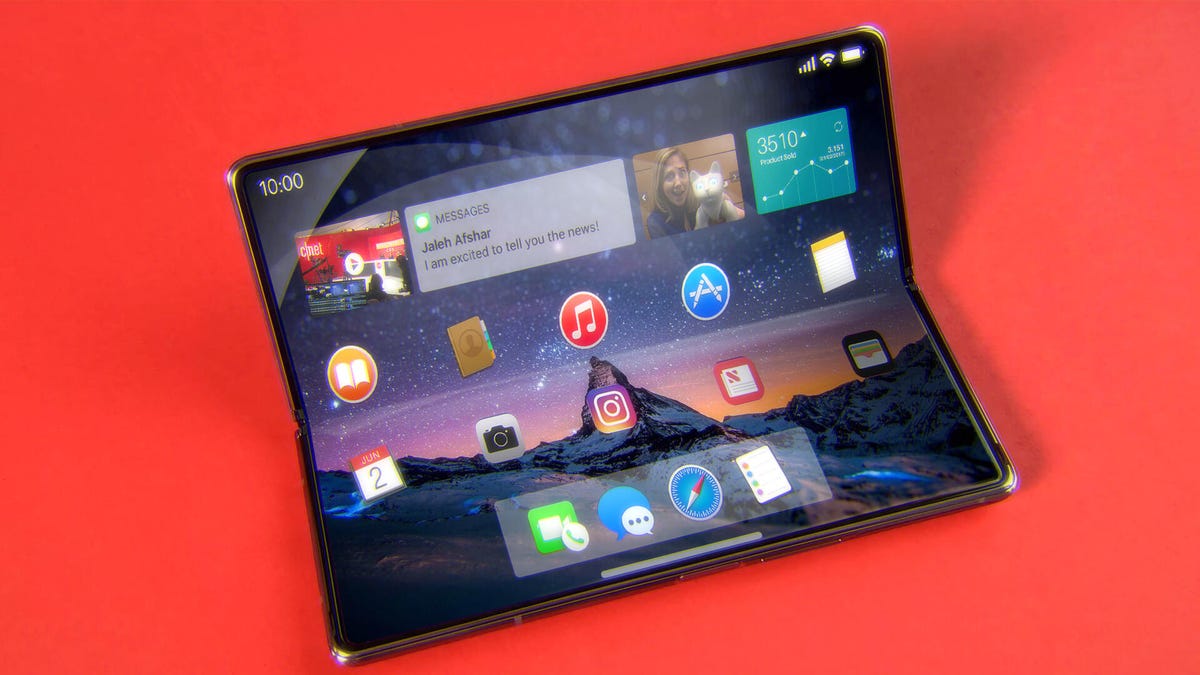
iPhone Fold rumors
Back in January 2021, Mark Gurman wrote for Bloomberg that Apple «has begun early work on an iPhone with a foldable screen, a potential rival to similar devices from Samsung.»
And in May of that year, analyst Ming-Chi Kuo said, as reported by MacRumors, that «Apple will likely launch a foldable iPhone with an 8-inch QHD Plus flexible OLED display in 2023.» He revised his prediction, in a tweet this past April, to say that it might be 2025 before there’s a foldable screen device from Apple. It’s also worth noting that Kuo’s tweet was on April 1, which means it could have been an April Fools’ joke.
Both Gurman and Kuo have excellent track records when it comes to Apple rumors. So if these reports are accurate, we’ll see a foldable iPhone in 2025. It will be about the size of an iPad Mini and it’ll fold in half. End of story. But hold on.
How to make a foldable iPhone
Before Apple makes a foldable iPhone, it has to figure out how to make a foldable iPhone. Research company Omdia reports that in 2021, 11.5 million foldable phones shipped. Apple sells hundreds of millions of iPhones a year. So if it makes a foldable iPhone, it has to be certain that it can manufacture the phones at the same quality and in a high enough quantity to meet demand. More times than not when Apple introduces a radical hardware change — like 2014’s iPhone 6 Plus and its larger screen — those models are hard to find at launch because they sell out quickly. Sometimes they’re given a later release date, as we saw with the iPhone 12 Mini and 12 Pro Max launch.
Then there’s the physical complexity that needs to be considered. Foldable phones have numerous mechanical parts that could malfunction or wear out, such as hinge components that keep dust out and the various layers behind the folding screen. In fact, when journalists tested review units of the original Galaxy Fold, the device was plagued by hinge and display failures. That was years ago, of course, and Samsung has since fixed those issues. But it shows what can happen with first-gen products.
If a foldable iPhone is in the works, Apple will likely innovate its design to minimize the parts and mechanisms involved, which should reduce the possibility of the phones failing because something breaks. The Cupertino company has a great track record in this area.
When Apple released the iPhone 7, it replaced the home button with a faux home button so there was one less mechanical part that could possibly break. And if you’ve ever owned or used a MacBook, you know Apple is at the top of its game when it comes to hinge design, and dependability. Apple also sells AppleCare Plus, its service for repairs and support — and includes a global infrastructure to support it — which could help relieve concerns over problems or accidental damage.
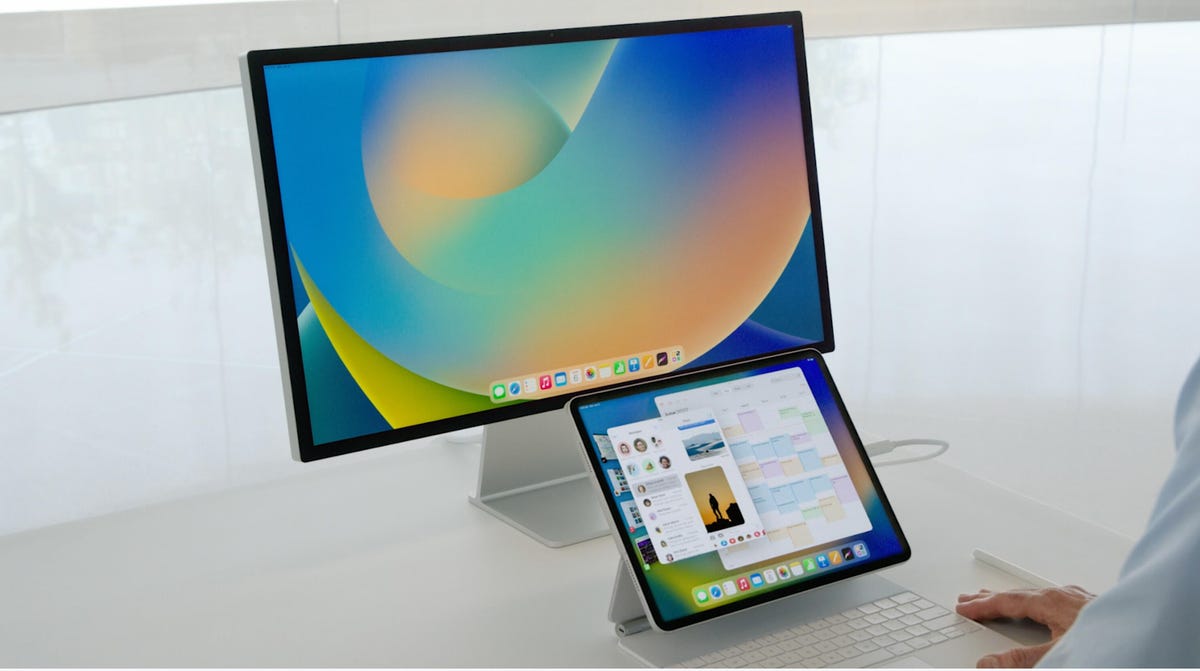
iOS and iPadOS would need to be revamped
And then there’s the software. One UI, Samsung’s name for its take on Android, has to be the most underappreciated aspect of the Galaxy Z Flip and Z Fold. These new designs would have to simultaneously do all the things we expect from current phones while also creating new functionality that takes advantage of their folding screens. They’d also have to do all of these things flawlessly without any bugs or hiccups. And if Google does launch the Pixel Fold, I’d expect there to be even better Android support for foldables.
For instance, the Galaxy phones’ Flex Mode has been around for years. Essentially, when the Fold or Flip are folded into an L-shape, like a mini laptop, the software shifts an app to the top half of the screen while providing functionality at the bottom. Sounds cool and full of possibilities, right?
Well, until this year that functionality has been limited. That’s why it matters that Samsung’s Z Flip 4 and Z Fold 4 let you turn the bottom half of their screens into touchpads while they’re in Flex Mode. The company is now showing an added benefit of the fold.
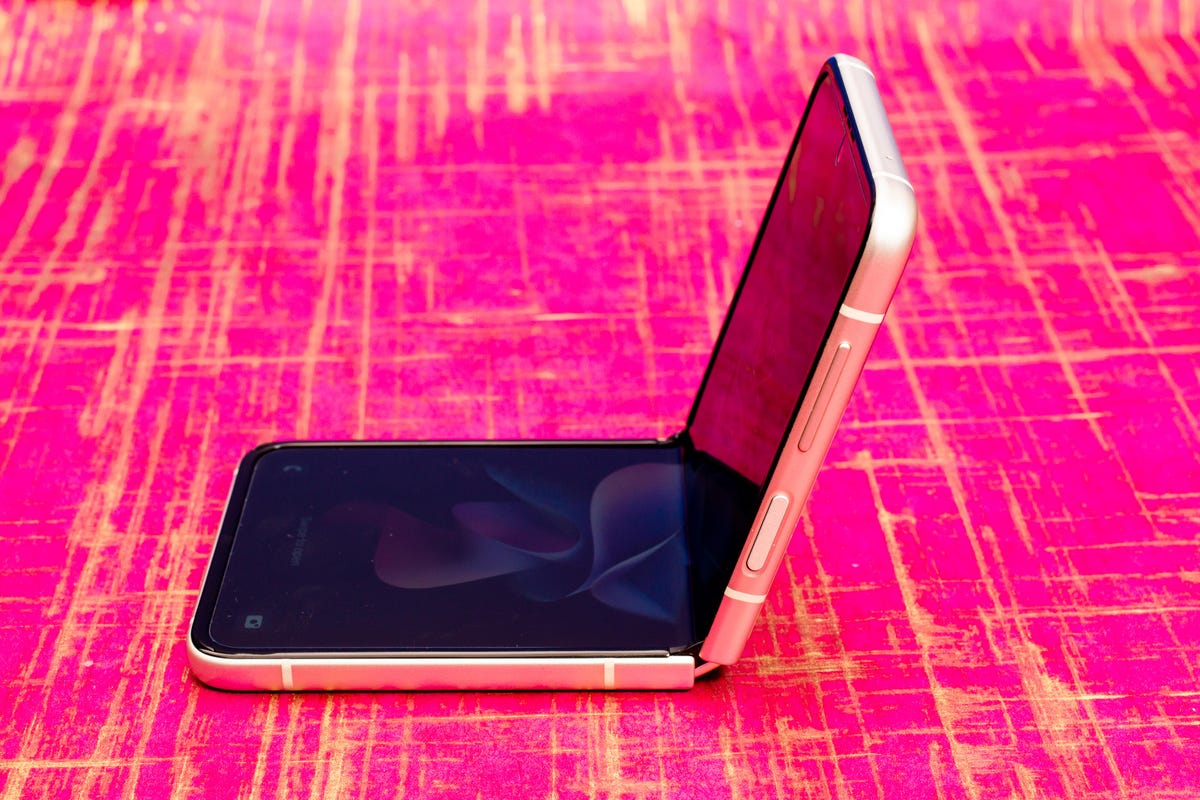
I’d like to see even more software optimized for foldable phones. And I expect Apple will face the same challenges as Samsung did, especially when adapting iOS and iPadOS.
In recent years, iOS and iPadOS have drifted apart as Apple has created more iPad-specific features that wouldn’t make sense on an iPhone. A foldable iPhone, especially in the style of a Galaxy Z Fold 4, would require a reunion of the two operating systems. Or, Apple would have to develop a new software platform that can morph between a tablet and phone mode.
Apple would likely develop a unique software feature (think iMessage or Portrait Mode) to help make its foldable phone standout from what everyone else is doing.
How much would you pay for a foldable iPhone?
Foldable phones ain’t cheap. The Galaxy Z Fold 4 starts at $1,800 and the Galaxy Z Flip 4 at $1,000. And it’s no surprise that prices for Apple products are already at the higher end. So if an iPhone 14 Pro that doesn’t fold in half already costs $1,000, what would be the price for one that does?
For a foldable iPhone to be successful, Apple would need to create a problem-solving design, scale manufacturing without sacrificing quality and develop hardware along with software that make the most of its foldable build. The price would also have to be premium, but not too high.
So where’s the foldable iPhone? Still in the oven.
Technologies
Today’s Wordle Hints, Answer and Help for Dec. 31, #1656
Here are hints and the answer for today’s Wordle for Dec. 31, No. 1,656.
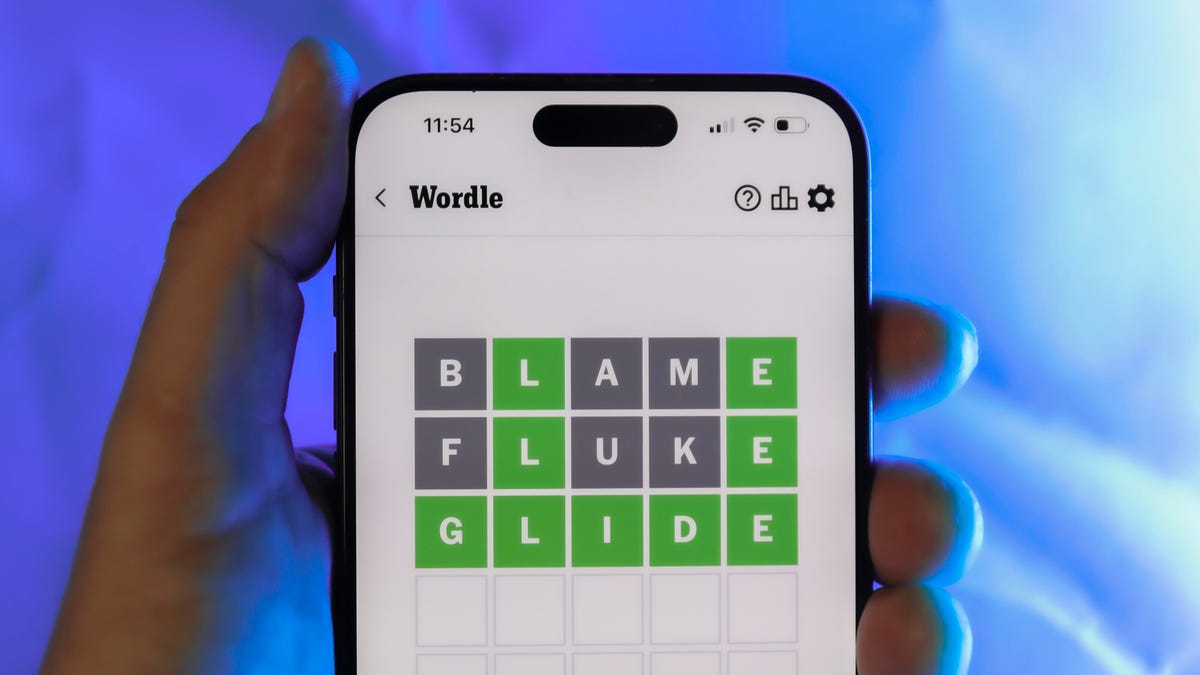
Looking for the most recent Wordle answer? Click here for today’s Wordle hints, as well as our daily answers and hints for The New York Times Mini Crossword, Connections, Connections: Sports Edition and Strands puzzles.
End the year with a Wordle win. Today’s Wordle puzzle isn’t terribly tough. If you need a new starter word, check out our list of which letters show up the most in English words. If you need hints and the answer, read on.
Read more: New Study Reveals Wordle’s Top 10 Toughest Words of 2025
Today’s Wordle hints
Before we show you today’s Wordle answer, we’ll give you some hints. If you don’t want a spoiler, look away now.
Wordle hint No. 1: Repeats
Today’s Wordle answer has no repeated letters.
Wordle hint No. 2: Vowels
Today’s Wordle answer has two vowels.
Wordle hint No. 3: First letter
Today’s Wordle answer begins with S.
Wordle hint No. 4: Last letter
Today’s Wordle answer ends with N.
Wordle hint No. 5: Meaning
Today’s Wordle answer can refer to a device that makes a loud, long-lasting sound as some kind of signal or warning.
TODAY’S WORDLE ANSWER
Today’s Wordle answer is SIREN.
Yesterday’s Wordle answer
Yesterday’s Wordle answer, Dec. 30, No. 1,655 was DECOR.
Recent Wordle answers
Dec. 26, No. 1651: SPEED
Dec. 27, No. 1652: BATCH
Dec. 28, No 1653: ABBOT
Dec. 29, No. 1654: FRUIT
Don’t miss any of our unbiased tech content and lab-based reviews. Add CNET as a preferred Google source.
Technologies
Today’s NYT Connections Hints, Answers and Help for Dec. 31, #934
Here are some hints and the answers for the NYT Connections puzzle for Dec. 31, No. 934.
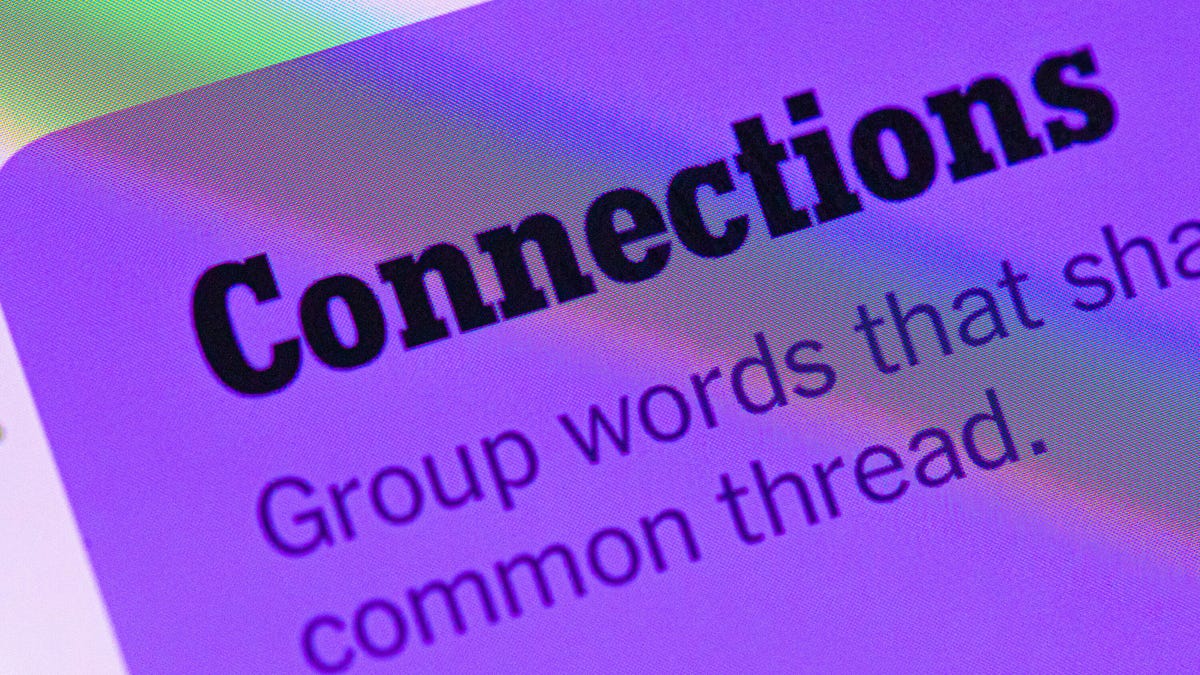
Looking for the most recent Connections answers? Click here for today’s Connections hints, as well as our daily answers and hints for The New York Times Mini Crossword, Wordle, Connections: Sports Edition and Strands puzzles.
Today’s NYT Connections puzzle has a tough purple category once again. But the yellow group is very timely, and pretty easy. Read on for clues and today’s Connections answers.
The Times has a Connections Bot, like the one for Wordle. Go there after you play to receive a numeric score and to have the program analyze your answers. Players who are registered with the Times Games section can now nerd out by following their progress, including the number of puzzles completed, win rate, number of times they nabbed a perfect score and their win streak.
Read more: Hints, Tips and Strategies to Help You Win at NYT Connections Every Time
Hints for today’s Connections groups
Here are four hints for the groupings in today’s Connections puzzle, ranked from the easiest yellow group to the tough (and sometimes bizarre) purple group.
Yellow group hint: Here comes 2026!
Green group hint: Where is it?
Blue group hint: Pennsylvania city.
Purple group hint: Waves.
Answers for today’s Connections groups
Yellow group: Happy New Year!
Green group: Places where things disappear.
Blue group: Associated with Philadelphia.
Purple group: Starting with bodies of water.
Read more: Wordle Cheat Sheet: Here Are the Most Popular Letters Used in English Words
What are today’s Connections answers?
The yellow words in today’s Connections
The theme is Happy New Year! The four answers are ball drop, champagne flute, fireworks and noisemaker.
The green words in today’s Connections
The theme is places where things disappear. The four answers are Bermuda Triangle, black hole, couch cushions and dryer.
The blue words in today’s Connections
The theme is associated with Philadelphia. The four answers are brotherly love, cheesesteak, Liberty Bell and Rocky.
The purple words in today’s Connections
The theme is starting with bodies of water. The four answers are bay leaf, channel surf, sea bass and sound barrier.
Don’t miss any of our unbiased tech content and lab-based reviews. Add CNET as a preferred Google source.
Technologies
Samsung’s $200 Galaxy A17 Brings Google’s Circle to Search to Its Lower-Priced Phone
While the AI features are nice to see at the lower price, the Galaxy A17 otherwise looks very similar to the phone it’s replacing.
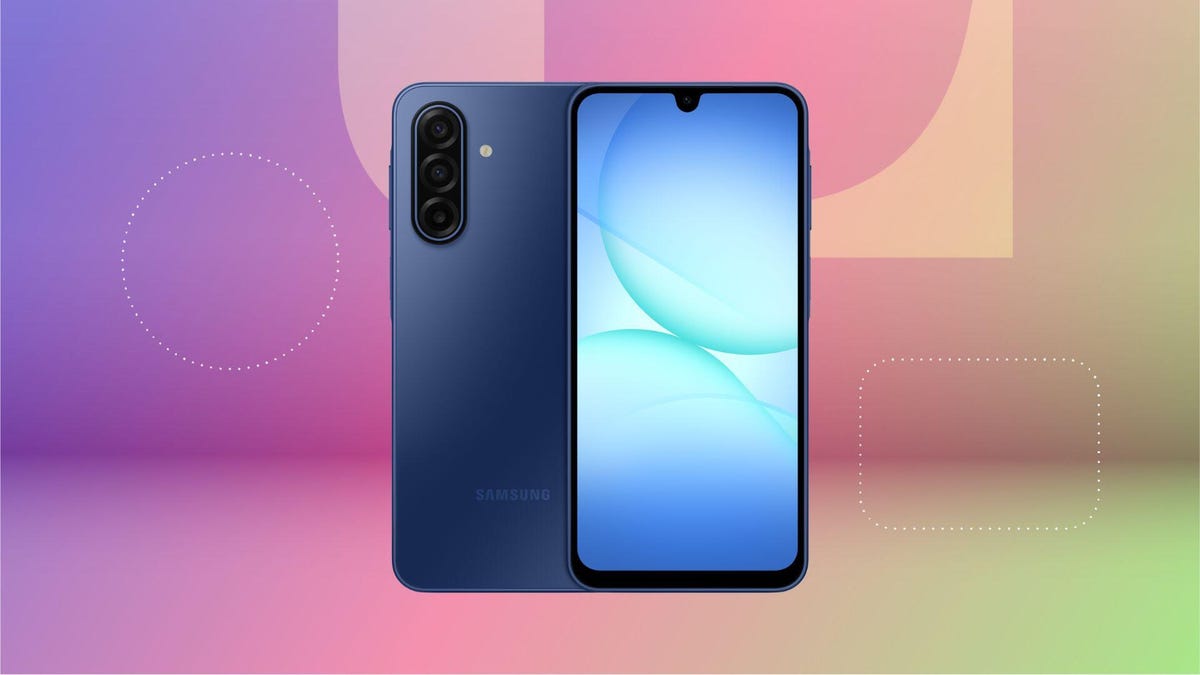
Samsung’s $200 Galaxy A17 5G, announced Tuesday, appears to be a smaller hardware refresh for the company’s lower-cost phone — bearing many similarities to the Galaxy A16 that it will replace. However, Samsung notes that the A17 will have access to several AI features, including Google’s Circle to Search and Gemini assistant.
Even though both of those AI features are becoming common on all phones running Android 16 (Motorola’s sub-$200 phones also include them), the Galaxy A17 might become one of the broadest ways that Circle to Search and Gemini reach new audiences. That’s because Samsung’s $200 phone is typically one of the few non-Apple devices to consistently top sales charts in the US, for instance, the $200 Galaxy A16 currently ranks fifth on Counterpoint Research’s list behind Apple’s iPhone 16 and iPhone 17.
Similar to the Galaxy A16, the A17 will have a 6.7-inch display with a 90Hz refresh rate, an IP54 rating for water and dust resistance (can withstand splashes but still avoid submerging the phone) and is powered by Samsung’s Exynos 1330 processor. The cameras are also the same, including a 50-megapixel wide camera, a 5-megapixel ultrawide camera and a 2-megapixel macro camera. Around the front is a 13-megapixel selfie camera.
The Galaxy A17 will also include a 5,000-mAh battery, 25-watt wired charging, 4GB of RAM with 128GB of onboard storage, the option to expand with a microSD card and will receive six years of software as well as security updates. That support period is quite notable for phones sold in the $200 range, as most phones that cost $200 get two to three years of updates.
The Galaxy A17 goes on sale in the US starting Jan. 7, and will come in blue, black and gray models.
-

 Technologies3 года ago
Technologies3 года agoTech Companies Need to Be Held Accountable for Security, Experts Say
-

 Technologies3 года ago
Technologies3 года agoBest Handheld Game Console in 2023
-

 Technologies3 года ago
Technologies3 года agoTighten Up Your VR Game With the Best Head Straps for Quest 2
-

 Technologies4 года ago
Technologies4 года agoBlack Friday 2021: The best deals on TVs, headphones, kitchenware, and more
-

 Technologies4 года ago
Technologies4 года agoVerum, Wickr and Threema: next generation secured messengers
-

 Technologies4 года ago
Technologies4 года agoGoogle to require vaccinations as Silicon Valley rethinks return-to-office policies
-

 Technologies4 года ago
Technologies4 года agoOlivia Harlan Dekker for Verum Messenger
-

 Technologies4 года ago
Technologies4 года agoiPhone 13 event: How to watch Apple’s big announcement tomorrow
